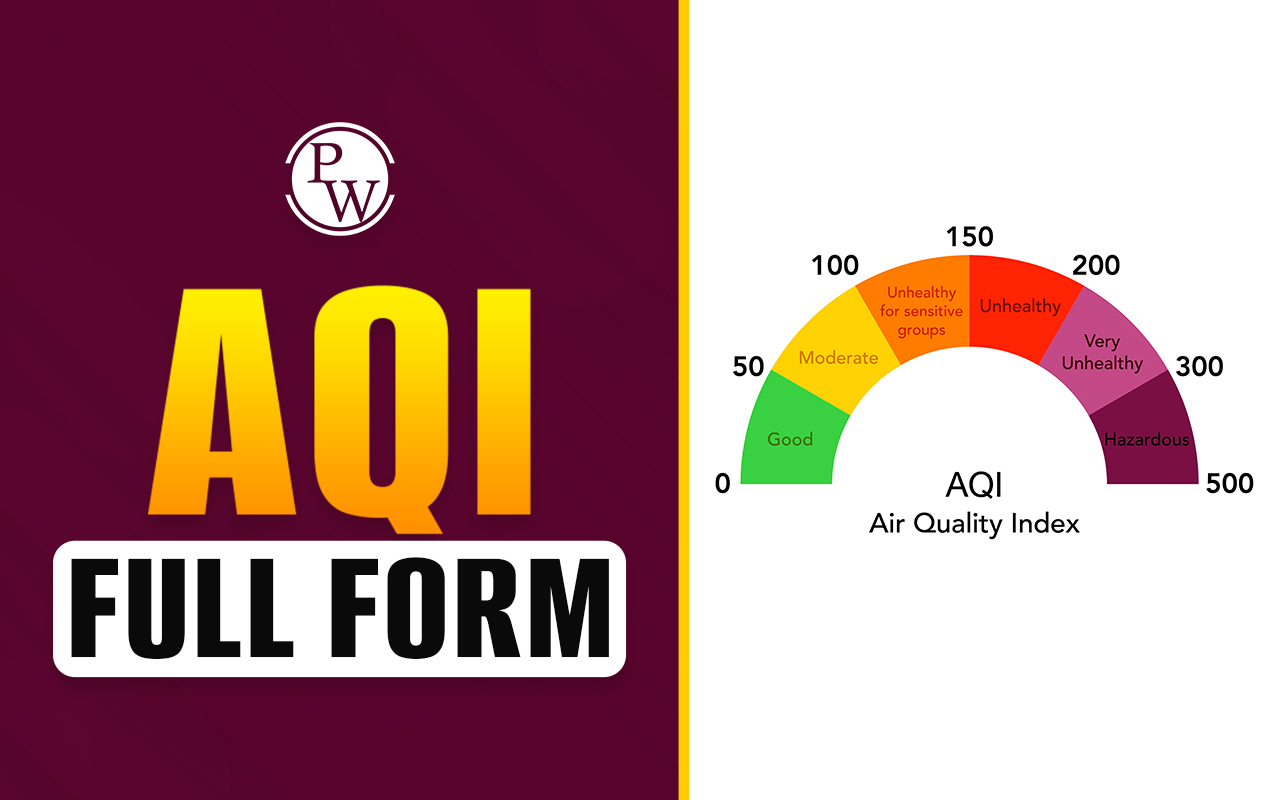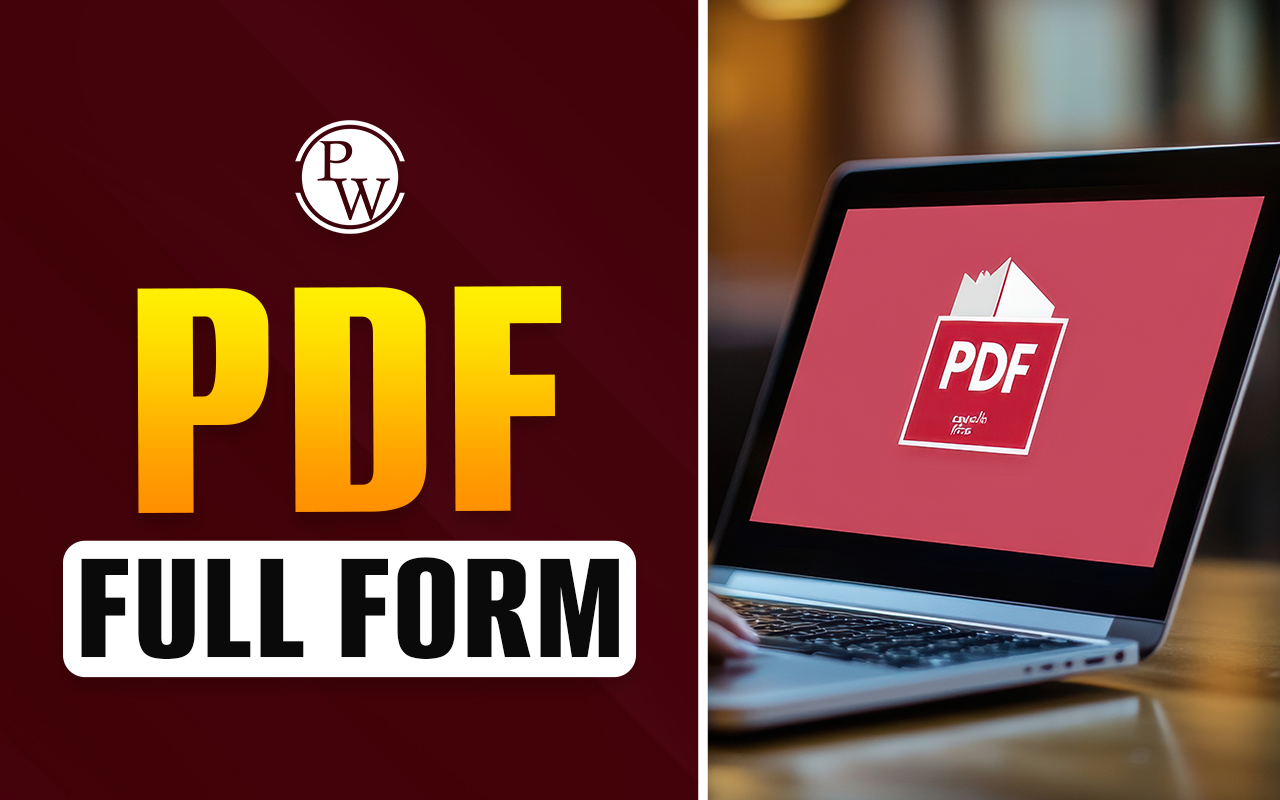

ECG stands for Electrocardiogram. An electrocardiogram (ECG) is a diagnostic tool that measures and records the electrical activity of the heart. It is used to diagnose various heart conditions, such as arrhythmias (abnormal heart rhythms), heart attacks, and electrolyte imbalances. An ECG machine consists of electrodes that are placed on the skin of the chest, arms, and legs to pick up the electrical signals produced by the heart. The machine then amplifies and records these signals on paper or a computer screen as a graph called an ECG trace. The ECG trace provides information about the heart rate, rhythm, and electrical conduction system, which helps healthcare professionals diagnose and monitor various heart conditions.
History of ECG Machine
The history of the ECG machine can be traced back to the late 19th century when physicians first started using simple electrical devices to measure the electrical activity of the heart. In 1903, Willem Einthoven, a Dutch physician and physiologist, invented the first practical ECG machine. He called it the string galvanometer and won the Nobel Prize in Physiology or Medicine in 1924 for his work.
Over the years, advances in technology led to the development of compact, portable ECG machines that could be used outside of the hospital setting. In the 1960s and 1970s, the use of ECG machines became widespread in hospitals, and they have since become an essential tool in the diagnosis and treatment of heart conditions.
Today, ECG machines are widely used in hospitals, clinics, and even homes to monitor heart health. With the advent of digital technology, ECG machines have become more sophisticated, accurate, and easy to use, allowing healthcare professionals to quickly and accurately diagnose heart conditions and provide timely treatment.
What is the Main Component of ECG Machine
The main components of an ECG machine include:
- Electrodes: These are small metal discs that are attached to the skin to pick up the electrical signals produced by the heart.
- Amplifier: The ECG machine amplifies the weak electrical signals generated by the heart to a level that can be accurately recorded and displayed.
- Lead wires: These are wires that connect the electrodes to the ECG machine and transmit the electrical signals.
- Monitor: The ECG machine has a display screen that shows the ECG trace, which is a graphical representation of the electrical activity of the heart. The monitor can be a traditional paper roll or a computer screen.
- Recording device: The ECG machine has a device for storing the ECG trace, either on a traditional paper roll or on a computer hard drive.
- Power source: ECG machines typically run on either AC power or batteries, depending on the model.
- Processor: The ECG machine has a processor that interprets the electrical signals and displays the ECG trace. In modern ECG machines, this is often done using a computer.
These components work together to capture, amplify, and display the electrical signals produced by the heart, providing important information about heart health and function.
How ECG Machine Works?
An ECG machine works by measuring the electrical signals produced by the heart and displaying them as a graphical representation (ECG trace) on a monitor. The process works as follows:
- Electrodes: Small metal discs (electrodes) are attached to the skin on the chest, arms, and legs. The electrodes pick up the electrical signals produced by the heart and transmit them to the ECG machine.
- Amplification: The ECG machine amplifies the weak electrical signals generated by the heart to a level that can be accurately recorded and displayed.
- Lead wires: Lead wires connect the electrodes to the ECG machine and transmit the electrical signals. There are typically 12 leads in an ECG machine, each measuring the electrical activity of the heart from a different angle.
- ECG trace: The ECG machine processes the electrical signals and displays them as an ECG trace on the monitor. The ECG trace shows the electrical activity of the heart over time and provides important information about the heart's rate, rhythm, and electrical conduction system.
- Interpretation: A healthcare professional will interpret the ECG trace and use it to diagnose various heart conditions or monitor changes in heart health over time.
In summary, an ECG machine works by measuring the electrical signals produced by the heart and displaying them as an ECG trace, which provides important information about heart health and function.
[wp-faq-schema title=" ECG Full Form FAQs" accordion=1]
Q1. What is an ECG machine, and what is it used for?
Q2. How is an ECG performed?
Q3. Is an ECG painful or harmful?
Q4. What are the side effects of an ECG?
Q4. How long does an ECG take?












